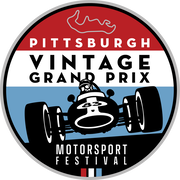|
by Bernard Martin PITTSBURGH, — The Pittsburgh Vintage Grand Prix (#PVGP) is delighted to unveil the theme for the 2024 Proiettore Macchina at the Cortile Italian Car Show: AUTOVETTURE PICCOLE. This Italian phrase, translating to "small cars," celebrates the elegance and innovation found in compact Italian automobiles. The PVGP Cortile invites enthusiasts to explore the charm and craftsmanship of small Italian cars that have left a lasting impact on automotive design. From iconic microcars to stylish compact models, this theme promises to showcase the diversity and ingenuity of Italian automotive engineering.
Participation and Highlights Owners of AUTOVETTURE PICCOLE are encouraged to participate in the Cortile Italian Car Show, contributing to the vibrant display of Italian automotive excellence. The event promises a captivating experience for both participants and spectators. How to Participate For those wishing to showcase their AUTOVETTURE PICCOLE at the Cortile Italian Car Show, registration details and additional information can be found on the the registration link which will open in January 2024. Below is a list of cars that we want to invite to our 2024 event. Did we miss anyone? Let us know in the comments! Abarth
Alfa Romeo
Autobianchi
Fiat
Innocenti
Lancia
2 Comments
by Bernard Martin, Managing Director, Cortile Italian Car Show The 2017 Amelia Island Concours d'Elegance exemplified grace under pressure. With a 100% chance of heavy precipitation forecast for Sunday for the scheduled Concours d'Elegance and a sunshine-filled Saturday in the mix, Bill Warner and his team chose to move Sunday’s award-winning Concours to Saturday. No small undertaking.  Cortile Cup Chief Judge Wayne Long and Cortile Managing Director, Bernard Martin at the Amelia Island Concours d'Elegance Cortile Cup Chief Judge Wayne Long and Cortile Managing Director, Bernard Martin at the Amelia Island Concours d'Elegance As I was having lunch on Friday with several other writers, I noted that I had heard that Warner and his team had come up with a "Plan B" back in 2000 if a weather event caused the the Concours to be moved. As happenstance would have it, one to the people at the table chimed in "I'm on the Board and THIS is Plan B. We are in it. There isn't a Place C. We'll see if it works" It's a momentous task shoehorning a full schedule of Saturday and Sunday events into one day. The Concours show would now coincide with Saturday’s "Cars & Coffee at the Concours presented by Heacock Classic Insurance". The entire Cars and Coffee show field had to be relocated to an adjoining field, transport staff had to move up plans for unloading Concours cars by a full day; with cars that where still en route! It required parking two different cars shows at the same time. Warner and his staff, according to rumor, had to make it all happen with 40% less volunteers who where only scheduled for a Sunday event. No small undertaking. It went off gracefully. It was a tremendous show. Warner and his team pulled a rabbit out of their hat while herding cats and looked great doing it! It also made the task of trying to see over 600+ cars in a short period of time just as daunting. Nevertheless, I was able to find some very nice examples of rolling Italian art on both the Concours and Cars and Coffee Showfield. The Best of Show - Concours de Sport: |
|
Our Cortile Cup winners for 2016 proved once again to be some of the most unique cars to grace our showfield!
The Best in Show, Cortile Cup Winner was a wonderful De Tomaso Mangusta. An original unrestored 1986, purchased new by the owner, Alfa Romeo Graduate took the Alfa Romeo Class and for the first time the judges just could reach a conclusive decision for the Fiat Class and there where two winners chosen: a wonderful original condition Fiat X-19 and a lovely restoration of a |
|
The Ferrari and Lamborghini winners added the iconic Italian sports car colors to the Winners Circle and a very very unique Maserati joined us from Erie, PA to take the final spot in the Winners Circle!
|
For the Friday Dinner presentation Jeff Mahl took us back to the legendary 1908 New York to Paris Race.
This international competition pitted the best of European automotive technology against the one American entry bold enough to take on the challenge of circumnavigating the globe in horseless carriages. Germany, France and Italy had national honor at stake. The Americans had Teddy Roosevelt! |
|
For his victory, George was inducted into the Automotive Hall of Fame beside other racing greats including Andretti, Bugatti, Ferrari, and Shelby.
|
Since the inception of the Cortile in 2009 we've been searching for Italian Race Cars for display on our showfield. However, since this is the Pittsburgh Vintage Grand Prix more often than not those cars racing on the track. This year, however, we were very pleased to feature a 1959 Stanguellini Monoposto Formula Junior on the showfield at the Cortile.
This car was first sold to Peter Carpenter and he raced it extensively throughout Europe during the 1959 series of Formula Junior, placing 5th place at Monza and 2nd at Di Salerno. |
|
The current owner purchased the car in 1994 and has spent the last 8 years restoring it to the original racing condition. This was it's first showing since coming out of the garage!
|
Next month we are featuring a story on Rob Straw and sharing some of his great night photography from the Cortile
Rob also has some great photography of the Italian Race Cars in the paddock. You are really going to want to see his work! Be sure to check back! Here's a sample of what's in store for you!
According to Rob:
"The final gallery of "night" images is complete! Included is this beautiful 1959 Stanguellini Monoposto from the #PVGP Cortile Italian Car Show, as well as numerous race cars from the Schenley Paddock and the Pittsburgh International Race Complex. Thanks to all those that brought their cars out for the races and car shows. I hope you all enjoy the images I stayed up late to shoot!!!! |
The four-day national convention brought together enthusiastic, loyal FIAT fans and owners from places ranging from Canada to California. These international and domestic enthusiasts came to celebrate the entire FIAT family, with new models like the 2015 FIAT 500 Abarth and the All-New 2016 FIAT 500X crossover, as well as vintage models and modified vehicles.

Concourso Italiano is held during the Monterey Car week in August each year.
The week of car events on the Monterey peninsula include the
- Pebble Beach Concours d'Elegance is held on the final Sunday of Monterey Car Week. The Pebble Beach Concours d'Elegance was founded in 1950 as an adjunct to the Pebble Beach Road Race, a race event sponsored by the Sports Car Club of America and conducted on a circuit of closed public roads.
- Rolex Monterey Motorsports Reunion, formerly known as the Monterey Historics until 2010, is held the final weekend of Monterey Car Week at Mazda Raceway Laguna Seca. The three-day event has over 500 participants, and generally features a specific marque every year.
- Legends of the Autobahn show features German automobiles. It began as a BMW Car Club of America event and grew to include all German cars.
- The Porsche Werks Reunion event features Porsches and was established in 2014 after splitting off from the Legends of the Autobahn show.
- The Quail, A Motorsports Gathering (usually shortened to The Quail) is a car show limited to 200 automobiles located at the Quail Lodge & Golf Club
The 2015 Concorso Italiano featured the reunion of the Ferrari 250 GTE, the 25th anniversary of the Lamborghini Diablo, the 50th anniversary of the Iso Grifo, the “King of Spain” Maserati Quattroporte, the Touring Superleggera concept car, and Tom Meade’s Thomassima II.
Alfa Romeo
| About the Alfa Romeo Logo On the left, the red cross on a white field is indeed what it seems, and dates back to the time of the crusades, when Italian soldiers from Milan would wear white tunics and carry a shield with the cross signifying that they were followers of Giovanni of Rho. Alfas were originally built in Milan in the early 1900s, so their tie to the city remains strong. The right half of the crest is where things get a bit more interesting. The crest of a man being consumed by a dragon is actually what's known as a "Biscione," an emblem of the House of Visconti, who controlled the city of Milan from the 13th to the 15th century. During the time of the crusades, Otone Visconti , the founder of Visconti Family and a knight, fought against a noble Saracen knight. Otone beat the Saracen knight and, following the tradition, took the symbols the Saracen carried on his shield: a snake with a human in his mouth. At first glance, it looks like the snake is eating the human. Instead, the human is coming out of the snake a "new man," purified and renewed. | |
| | FerrariThe turnout of Ferrari's was robust to say the least. The Coastal fog melted off and the cars on display presented the magnificent lines of Italian design. It would be difficult to NOT take a great photograph! The line of Dino's was likely the best display of the cars I have seen presented. There where any number of hidden gems and completely unrestored original cars on display. It was very easy to get caught up in conversation about any single car and the owner's where all very receptive to any questions posed. There was also some incredible artwork on display highlighting Tazio Nuvolari and I was fortunate enough to run into a wonderful young lady who is working on a movie production about Nuvolari. I'm going to be following the project closely as it evolves. |
Lamborghini
| The Muira was parked next to a special edition Gallardo prepared especially for Valentino Balboni. Few names resonate more with the Lamborghini faithful than Valentino Balboni, Lambo's long-term test driver who's honed every model to roll off the line since 1973. In an ultimate tribute to Balboni, the Italian supercar manufacturer has created the Lamborghini Gallardo LP 550-2 Valentino Balboni: a limited production run of just 250 units, each bearing a serial number and Balboni's signature on the left side window. I had the opportunity to chat with Balboni about the Muira in front of us as I compared mental notes to the Muira that has won our Cortile Cup just a month earlier. I noted that there where some obvious design differences event down to the color of the "bull horn" doors. Bambino smiled and told me "At that time we had many labor and financial troubles. We where never sure if there was going to be a strike the next day or if someone would shut us down for back payment. We finished each car as best and as fast as we could just to get it out the door and get it sold. Each one is different" | |
Maserati
| I had been admiring several Maserati Boro's in the Maserati area of the showgrounds. I've always thought of the Bora when I hear the lyric "My Maserati does 185..." and had just moved up the field to the Fiat area. I discovered a rather rare 1958 Fiat 1200V. As I was admiring the the olive oil container under the hood I head a voice just behind me saying "What is this? I've never seen one of these before!" I turned around saying "Nor haave I...." when I recognized that the person saying this was Cecile Canales. Cecile and her husband Carl where two o the original group that helped to found the Cortile Italian Car Show in Pittsburgh. As I was soon to find out they where also members of the original group that helped to found Concourso Italiano! Carl and Cecile quickly adopted me into their group of Maserati owners and introduced me to some wonderful people. | |
Below please find some more great images from the show.... ~Bernard Martin
Editors note Feb 15, 2016: I was finally able to upload the videos to this posting. I hope you enjoy the interviews!
| Nothing invokes the image of a “classic sports car” than that of a little red Italian convertible, maneuvering gracefully on some tight and twisty mountain road at the very edge of rubber squealing speed with your hair blowing in the wind and adrenaline pumping through your veins. It’s with that spirit that we are proud to host the “Marques of Italy” for our 2015 Marque of the Year celebration at the Pittsburgh Vintage Grand Prix Cortile Italian Macchina Show! Over the last century or so Italian cars have become analogous with racing and performance. As we celebrate the iconic Italian Marques this year it’s only appropriate to explain some of the history that have made “Italian” and “sports cars” so very synonymous. If you visit Italy you will find that Italian drivers are fast, aggressive and very skillful. Lane hopping and late braking are the norm and it's not uncommon to see cars tailgating at 80 mph. You can’t expect people to slow down for you or let you out. Rather, you’re expected to seize the moment, or, as the artist of this years PVGP poster, Dwight Knowlton, coined the phrase “Carpe Viam” - Seize the Road! Below we take you through the twisting, turning and forever competitive history of the Italian marques.... | Be forewarned: The history we've outlined here is just a very brief overview of of what has been bred out of a century of racing competition. No other country has produced so many marques who's primary goal has been WINNING RACES. Enjoy.... |
Where it started
The Targa Florio open road endurance race was considered one of the toughest competitions in Europe. The 1906 first running covered 3 laps equalling 277 miles through multiple hairpin curves on treacherous mountain roads, and at heights where severe changes in climate frequently occurred. Then, just as today, automobile manufacturer’s and drivers proved their mettle by winning races. It was out of that heat of racing competition that fueled many of the iconic Italian car marques of today.
Alessandro Cagno won the very first Targa Florio in 1906. He was employee #3 at the Fiat automobile company that had formed in 1899. Fiat was one of the first Italian manufacturers to be involved in racing. In 1908, Vincenzo Lancia, finished 2nd at Targa Florio. Lancia had been a race driver for Fiat starting in 1900. In 1906 he had started is own automobile manufacturer and launched his first production car, the Lancia Alpha, in 1908. By 1913, Lancia introduced the the very first complete electrical system as standard equipment on his cars. No doubt that innovation was derived from his racing experience. Although Vincenzo Lancia started his company in 1906, at the 1908 Targa Florio he was driving a Fiat. Not only where the boundaries of the race courses muddy at that time, so where the relationships between those early manufacturers. They shared component parts and people. It's always been a melting pot in that sense...
Some have said that the history of Italian car manufacturing reads like a soap opera, with tales of arguments and agreements, of splits, mergers and acquisitions. Indeed, the tales of who worked for whom, who raced for whom and who supplied what for whom are so very intertwined and melded together that it is often difficult to know where any single bit of innovation originated. Enzo Ferrari once said "If you see what a competitor is doing and it is better than what you are doing, you have to surpass them to ensure your cars are better." Italian manufacturer’s where constantly stealing away the best talent or forging new alliances, whether it be engineering, design, production or racing drivers. It’s that hot blooded molten cauldron of racing competition that forged Italian cars from the very beginning.
| A.L.F.A. (Anonima Lombarda Fabbrica Automobili) was founded in 1910. ALFA produced its first car in the same year and a year later entered two cars in the Targa Florio race. That began their long association with motor racing. In 1915 the company came under the direction of Neapolitan entrepreneur Nicola Romeo and, by 1920, the name of the company was changed to Alfa Romeo. One of their first significant racing successes came in 1920 when they podiumed with a second place in the Targa Florio in an Alfa Romeo driven by a 22 year old by the name of Enzo Ferrari. But more about that later…. By the mid-1920s, the Targa Florio had become one of Europe's most important races for automobile manufactuers, as neither the 24 Hours of Le Mans nor the Mille Miglia had been established yet. |
The Monocoque & Carrozzeria
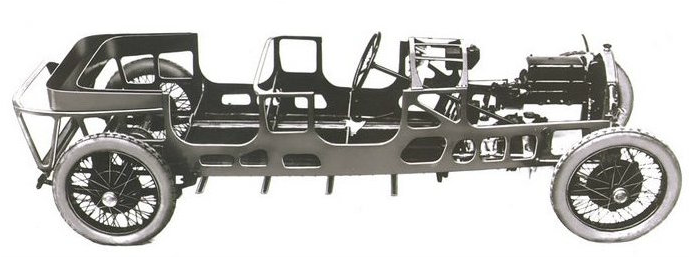
- First, customers already accustomed to ordering carriages from a coach builder, would select an automobile manufacturer to provide only the rolling chassis, comprised of the chassis, drivetrain (engine, axles, wheels), suspension, steering system and the radiator - the radiator, usually its shell, soon became the only visual element identifying the rolling chassis brand.
- Second, the customer would approach a Carrozzeria, a coachbuilder, requesting a personal body design to be fitted on the new chassis. Initially, the long-established and refined skills used to build the wooden and metal bodies of vehicles were so specialized that most manufacturers had contracts with couchbuilders to produce bodies for their chassis. Such is the case with many Italian marques who, to this day, utilize Carrozzeria with famous names such as Bertone, Carrozzeria Touring, Ghia, Pininfarina, Scaglietti, Vignale and Zagato for their body design.
Editor's note: Are you seeing red yet? Quite the soap opera so far eh? We're only in the 1920's! This is part of the reason why the Cortile at the PVGP is a car show about ALL of the Marques of Italy: They are all so very intertwined that it's difficult to appreciate one marque without paying homage to several others at the same time. Keep reading, it gets more interesting...
Rosso Red, The Quadrofoglio & Scuderia Ferrari
In 1904, many national motor clubs banded together to form the Association Internationale des Automobile Clubs Reconnus (AIACR) which is the predecessor to the current FIA governing board which it become known as in 1950. Originally the country colors where: Blue to France, Yellow to Belgium, White to Germany and Red to the USA. Italy “adopted” its famous 'Racing Red' when a red Itala (Itala was a car manufacturer based in Turin, Italy from 1904-1934) won the Peking to Paris race in 1907 but it really wasn’t ‘established’ until the “Rosso Corsa" Alfa Romeo’s began to dominate racing events in the 1920’s.
The cloverleaf or “quadrifoglio” has been used on Alfa Romeo cars since 1923. As a friend of Enzo Ferrari, Ugo Sivocci was hired by Alfa Romeo in 1920 to drive in the three-man works team, called "Alfa Corse", with Antonio Ascari and Enzo Ferrari.
| Sivocci was thought to have enormous experience, but often hampered by bad luck and considered the eternal second-placer. To banish his bad luck, when the Targa Florio came around, Sivocci painted a white background with a green four-leaf clover (the quadrifoglio) in the centre of the grille of his car. Sivocci had immediate success, crossing the finish line first in that race and several more to follow. The quadrifoglio subsequently became the symbol of the racing Alfa Romeos with a victory at the Targa Florio. | |
Editors note: Sivocci’s car number was 17. That number was retired upon his death in 1923 and has not been used by ANY Italian Race team since.
Which brings us back to Alfa Romeo who won the inaugural Grand Prix world championship in 1925 with Enzo Ferrari at the helm of the team.
| Alfa Romeo had offered Enzo Ferrari a chance to race in more prestigious competitions but Enzo had been deeply shocked by the death of his friends and fellow racing drivers Ugo Sivocci in 1923 and Antonio Ascari in 1925. Ferrari turned down the opportunity to drive and focused instead on the management and development of the factory Alfa racing cars, eventually building up a team of over forty drivers. 1927 saw the creation of a new iconic endurance race: The Mille Miglia. The race was from Brescia to Rome and back: a figure-eight shaped course of roughly 1500 km — or a thousand Roman miles. Winning the Mille Miglia and it’s predecessor the Targa Florio became almost a matter of national pride for Italians. The Mille Miglia race was held twenty-four times from 1927 to 1957. It was won 21 times by Italian manufacturers. | |
In 1929 Ferrari started the Scuderia Ferrari team in order to enter amateur drivers in various races primarily racing Alfa Romeo’s. In 1930 Tazio Nuvolari won the Mille Miglia in an Alfa Romeo 6C. In 1933 Alfa Romeo experienced financial difficulties, and withdrew its in-house team from racing. The Alfa Romeo racing team was privatized and officially named Scuderia Ferrari with team leader Enzo Ferrari at the helm. Few people realize that the DNA for every Ferrari was actually born on Alfa Romeo's payroll. Enzo built a robust racing team from scratch starting in 1929, tapping some of the greatest pre-war drivers in Europe to lead the Scuderia to victory.
Editors Note: Ferdinand Porsche once said that Tazio Nuvolari is
"The greatest driver of the past, present, or future."
| Enzo's team included the aforementioned "Flying Mantuan" Tazio Nuvolari. In 1935 Enzo Ferrari built the Alfa Romeo Bimotore, the first car to wear a Ferrari badge on the radiator cowl. This is why you will see the famous Cavallino Rampante "prancing horse" medallion on the cowl of Alfa Romeo’s from that period. Luigi Chinetti won at his very first 24 hours of Le Mans race in 1932 driving an Alfa Romeo for Enzo Ferrari. Chinetti and Enzo would become lifelong friends and later in his life he opened the first—and for a while the only—Ferrari dealership in the United States in the late 1950’s. [see this article for details] | |
In 1938, Alfa Romeo management made the decision to enter racing under its own name, ere-establishing the Alfa Corse organization, which absorbed what had been Scuderia Ferrari. Enzo Ferrari disagreed with this change in policy and was dismissed by Alfa Romeo in 1939. The terms of his leaving forbade him from motorsport under his own name, for a period of four years. However, Ferrari managed to manufacture two cars, named the AAC Tipo 815’s, for the 1940 Mille Miglia, engineered by Alberto Massimino and driven by Enzo’s old racing partner Antonio Ascari’s son, Alberto Ascari. This name comes up again later…
in 1939 and 1940, a Maserati 8CTF won back-to-back wins at the Indianapolis 500, the only Italian manufacturer ever to do so. World War II, however, brought a halt to most racing.
postwar: "Italian" & "Racing" become synonymous
| The postwar period was an incredibly innovative and exciting time for Italian manufacturers. It was a cauldron of racing competition amongst Italian Marques that rose to a level boiling above and beyond any other country. In 1946 a new Italian racing brand was born called Cisitalia. Tazio Nuvolari was still racing and piloted the Cistalia a class victory at the 1947 Mille Miglia at the age of 54!. Ilario Bandini also piloted a Cistalia in 1947 to numerous victories. Prior to the war Siata sold performance parts to modify and tune cars manufactured by Fiat. In 1948 production of Siata's first wholly original design, the Siata Amica, powered by a Fiat engine, began and Siata continued to make cars through 1975. In 1948 Lancia introduced of the the first 5 speed gearbox fitted to a road car and became very active in racing. | |
“Second is the first of the losers.”
In 1952 Alberto Ascari gave Ferrari its first Drivers Championship and then again in 1953. Ascari drove for Ferrari, Lancia and Maserati for the 1954 campaign. Ascari won the Mille Miglia driving a Lancia sportscar.
| In 1954 Fangio won while hopping rides between Maserati and Mercedes and then continued his dominance in 1955, 1956 and 1957, the latter two under the banner of Ferrari and Maserati respectively. By 1955 Lancia had achieved ten podiums in Formula One. In 1956, Ferrari had acquired the folded Lancia team's D50 race cars. In 1956, the Targa Florio was celebrating 50 years and Italian manufactures had won the race 44 of those years. | |
Notably, 1957 marked the year that Argentine-born Alejandro de Tomaso made his Formula One debut as a driver. That becomes rather important later in our story as de Tomaso became the owner of Maserati and many other iconic marques in the 1970's. But, again, we're getting ahead of ourselves in the story....
After 1957, Maserati began focusing on building road cars due to financial difficulties. Some have said it was the Italian passion for the racing business that drove up the performance innovation of not only Italian cars but all automotive manufacturers in this period. Alas, it may also have been the focus on the racing business that took the focus off of selling consumer cars, and, by the 1960’s, many Italian Marques where experiencing lots of "financial difficulty."
Racing, they say, can make you a millionaire… if you start out as a billionaire.
Consolidation & Expansion
1961 marked the year that Alfa Romeo started importing cars to the United States. Meanwhile at ISO, after the success of the Isetta bubble car, and together with engineer Giotto Bizzarrini, and chassis builder Bertone, Renzo Rivolta began developing the Iso Rivolta in 1962 and moved ISO into the “GT/Gran Turismo” (Grand Touring) & performance sports car manufacturer category.
Editors Note; In October of 1963 the Ferrari Club of America was started, partially from the influence of Jack Katzen of Philadelphia and included as a club founder, Dick Merritt, who later raced in the inaugural Pittsburgh Vintage Grand Prix in 1983 with his 1959 Ferrari 246 Dino.
Although race cars did not bear the name Fiat on the their grill in the postwar period, Fiat became the power plant of choice for many companies. An alliance with Fiat was crucial to the success for many of the iconic racing names. Since it’s founding, Fiat had expanded manufacturing into farm equipment, marine engines and even airplanes while at the same time supporting many many of the Italian marques who's focus was on racing and performance....
| Starting in the mid 1960’s Fiat began buying up, some would say “saving”, their competitors. In 1967, Fiat purchased Autobianchi and took a majority stake in Magneti Marelli. The Fiat 124 was named “Car of the Year." The Fiat Dino Coupé was launched with an engine based on Ferrari technology. The Fiat Dino allowed Ferrari to achieve the necessary production numbers to homologate the V6 engine for Formula 2 racing. By 1969 Fiat had purchased controlling interest in both Ferrari and Lancia. In 1971 Fiat acquired Abarth. |
The legend of Lamborghini
Lamborghini thought Ferrari's cars were good, but too noisy and rough to be proper road cars. Most annoyingly, Lamborghini found that Ferrari's cars were equipped with inferior clutches, and he was continuously forced to return to Maranello for clutch rebuilds. Ferrari technicians would take the car away for several hours to make the repairs, not allowing the curious Lamborghini to view the work. Frustrated with the recurring nature of the problems, during one particularly long wait, he took the matter up with the company's founder, "Il Commendatore", Enzo Ferrari.
What happened next has become the stuff of legend: Ferruccio complained to Enzo in "a bit of an argument", telling him that his cars were rubbish; the notoriously pride-filled Modenan was furious, telling the manufacturing tycoon, "Lamborghini, you may be able to drive a tractor, but you will never be able to handle a Ferrari properly. You stick to building tractors and I will stick to building sports cars.” Enzo Ferrari's snubbing of Lamborghini had profound consequences. Lamborghini later said that it was at that point that he got the idea that if Enzo Ferrari, or anyone else, could not build him a perfect car, he might be able to simply make such a car himself. An the birth of the Lamborghini Bulls began.
Rally Legends
| Lancia, also a Fiat company, was successful in the arena of rallying in the 70’s and 80’s as well. Prior to the forming of the World Rally Championship, Lancia took the final International Championship for Manufacturers title with the Fulvia in 1972. In the WRC, they remain the most statistically successful marque (despite having withdrawn at the end of the 1993 season), winning constructors' titles in 1974, 1975 and 1976, and again 1983 and the finally six consecutive wins from 1987 to 1992. | |
“I have no interest in life outside racing cars.”
However, to fund the racing cars, Enzo needed to sell cars and the Chinetti-Garthwaite enterprise SOLD cars. In fact, many have said that the sales of the cars in North America funded the technical developments in Ferrari F1 cars in the 1970’s and led to the success Ferrari in F1 with Niki Lauda piloting in in 1975 and 1977 and Jody Scheckter in 1979. We are very honored at the Pittsburgh Vintage Grand Prix Cortile to welcome Algar Ferrari as one of our sponsors of the Marques of Italy in 2015 and Tom Frasca, who was Luigi Chinetti's personal secretary for over 30 years as one of our Cortile Cup Judges.
Marques of Italy
| In 1982 a group of United States Fiat enthusiasts who started the Fiat Club of America eventually forming 25 chapters across North America. In 1983 the “Fiat Lancia Underground” held their first gathering at Pocono Raceway and named the show FIAT FreakOut. In 1986, the club decided to change it’s name to Fiat Lancia Unlimited to welcome all Italian automobiles and widen it’s appeal to enthusiasts all over the world. The FreakOut became an annual event. |
| Sadly, Fiat stopped exporting cars to the United States in 1983. The following years saw good news and bad news for Italian Car aficionados.
|
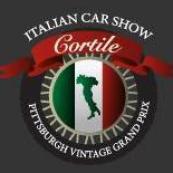
The celebration in 2008 was so well received that the following year saw the founding of the Cortile Italian Car Show at the PVGP. Word must have gotten out about the resurgence of Interest in Italian cars because in June of 2009, Fiat Group and Chrysler Group LLC formed a strategic alliance. Consequently, Fiat has become the sixth largest car manufacturer in the world and it foretold the return of Italian marques Fiat and Alfa Romeo again being exported to North America.
| Each year, similar to the Pittsburgh Vintage Grand Prix's selection of a "marque of the the year" the Cortile selects an Italian marque to highlight. Work began in earnest in 2010 by PVGP volunteers and FLU members Sean Kunkle, Andy Schor and Mark Sheldon to invite the Fiat FreakOut to Pittsburgh. By 2011 Wayne Long, with the help of Steve Barney, the owner of the first Ferrari F1 car sold outside of Italy, started the Cortile Cup competition. After 27 years of not being sold in North America Fiat returned in 2011. Soon thereafter the the Fiat Lanica Unlimited club was renamed back to it’s original name: Fiat Club America. |
| The Alfa Romeo 4C was announced to be the first mass-produced car to re-enter the US market in 2013 and the first launch edition appeared in Pittsburgh in December 2014. For 2015 the Pittsburgh Vintage Grand Prix and the Cortile is excited to be the host venue for the Fiat FreakOut as the centerpiece of the Marques of Italy display. Fiat is Proiettore Macchina of the Cortile, due in large parts to the volunteer efforts began in 2010. We’re also hosting a group from the Ferrari Club America - Mid Atlantic chapter and the newly formed in 2014, Lamborghini Club of Western Pennsylvania. Please enjoy the show and the don't forget to make a donation to the Pittsburgh Vintage Grand Prix Charities. | 2015 is significant in Italian racing history. It marks the:
|
| Italian Marque Race – Sunday July 19 Each year we stage a special race to honor our Marque of the Year. With all Italian Cars being recognized we are anticipating a large contingent to battle for the honor of Italy. This race will be the first race after lunch on Sunday afternoon. See full race schedule. It will be 8 laps or 20 minutes. Participants must be enlisted to race within one of our vintage race groups for the weekend. Italian cars will be honored throughout all 10 days of the 2015 Pittsburgh Vintage Grand Prix. Click here for details and links to our other Race Week events. We hope to see all of Italy’s great racing cars: Abarth, Ferrari, Maserati, Alfa Romeo, Fiat, and Lancia as well as some of the rare brands like Iso, Bandini, Siata or Stangueillini. Special Paddock There will be a grassy area under the trees for any Italian race entrants to paddock together in Schenley Park. Paddock opens Friday morning at 9:00 am. This will be a prime area overlooking the start-finish line and will be a popular spectator attraction. Should be quite a display! |
All Italian race cars are invited to drive up to the Italian Cortile at the Pittsburgh Golf Club on the golf course for lunch on Saturday. There will be 300-400 Italian show cars displayed on the 18th fairway. Joe Parlanti will lead the cars through the city streets, departing the Italian Paddock at 11:15 am. Details on Cortile – Saturday
Eligible Cars
Qualified Italian cars of all marques manufactured before 1973 are eligible. See our Approved Car List for specifics. We already have commitments from several racers and we’re looking forward to featuring 20-25 cars. If you believe your Italian car is eligible and can not find it on our list please email Alain Raymond.
Alain Raymond is a long time supporter of the PVGP and a familiar smiling face throughout vintage racing. He has volunteered to help recruit and manage our Marque of the Year race. If you have any questions regarding the Italian Marque or any aspect of our races please email Alain Raymond
Entry Form
To enter the Marque of the Year Race you will need to register for our race and add an additional $50 to particpate in the Marque of the Year race. Your grid position will be determined by your best time on Saturday afternoon.
"Marques of Italy"
| Pittsburgh, PA. The 2015 Pittsburgh Vintage Grand Prix is celebrating “The Marques of Italy”. There are so many beautiful Italian cars that it is just too difficult to select just one to recognize. What’s your favorite? Ferrari, Lamborghini, Maserati, Alfa Romeo, Fiat, Abarth, Lancia or maybe one of the lesser known brands like Iso, Bandini, Siata or Stangueillini. They are all welcome and we hope to see more than 400 cars! Italian cars of all years and all will be featured throughout all ten days of our event, including an All Italian race at Schenley Park on Sunday July 19. If you own a new or vintage Italian car or are just a fan, the 2015 Pittsburgh Vintage Grand Prix this is the place to be this summer! The PVGP is the nation’s largest vintage race event, covering ten full days that includes racing, car shows and parades. |
Fiat FreakOut
| To add to the excitement the Grand Prix and the Cortile are also hosting the Fiat Club America’s "FreakOut" Annual North American Convention during the July 17-19 Schenley Park weekend. This event typically draws 200+ Fiats and Lancia from all over North America. Combined with our Italian Marque we are expecting to fill the 18th fairway! The Italian Cortile will host all Italian Car events this year from its location at the Pittsburgh Golf Club on the 18th hole of the golf course. The Cortile was formed by the PVGP’s Bernie Martin in 2009 in response to the overwhelming success of the 2008 Marque of the Year which also honored all Italian cars. Now in it’s 7th year the Cortile has grown into one of the PVGP's most popular car shows. Our 2015 Race Week is slated for July 10 through 19 with July 18/19 slated as the featured Race Weekend at Schenley Park. This will be your homepage to track all Marque activities. The button below is for on-line registration. Social Media Follow the hashtags for the most updates: #PVGP #FFO15 |
2015 Grand Prix Race Week Schedule
| The Pittsburgh Vintage Grand Prix Association is a 501(c)(3) non-profit organization with a mission to hold a world-class vintage automotive event for charity. It is the region’s premier summer event for hundreds of thousands of automotive enthusiasts in that it combines charitable fundraising with car shows and vintage sports car racing on city streets. Since 1983 this volunteer-driven event has raised $3.85 million for the Autism Society of Pittsburgh and Allegheny Valley School. |
Fiat Club of America announces Freak out 2015 at the Pittsburgh Vintage Grand Prix Cortile!
10/8/2014
FOr Immediate Release
Fiat Club America is happy to announce Pittsburgh, PA as the location for the 2015 Fiat FreakOut National Convention.
| The Fiat Club of America is excited to announce that the 32nd annual gathering, the "Freak Out", will be held July 15-19, 2015 at the Pittsburgh Vintage Grand Prix (#PVGP) as part of the Italian Cortile car show at Schenley Park. Fiat will be the Prioettore Macchina, the spotlight marque, of the Cortile. The Fiat FreakOut home base will be the DoubleTree hotel in Monroeville, PA. The Fiat Club of America will start their convention earlier this year on Wednesday and have our usual festivities centered here including their Saturday evening Awards Banquet. The club will then participate in the PVGP Car Shows with it's own unique show area. The Club will have the opportunity to showcase classic Fiat design and styling as part of the 8th biggest car show in the world. |
Planned Events
- Wednesday July 15 -Parade of cars through downtown Pittsburgh, four different car show locations followed by the PVGP's Tune-Up" party not the Roberto Clemente Bridge next to PNC Park.
- Thursday July 16 -Activities include Pitt Race karting starting at Noon. Evening FCA Board Meeting & Traditional Welcome Dinner. PVGP's “Cars and Guitars” at the Hard Rock Cafe event, downtown Pittsburgh followed by a midnight drive through Pittsburgh
- Friday July 17 -Drive to Frank Loyd Wright's Falling Water & Kentuck Knob and/or For Neciessity. Friday early evening drive to preregistered dinner at Pittsburgh Golf Club at Schenley Park site of the Cortile Italian Car Show.
- Saturday July 18 -The Cortile Italian Car Show at Schenley Park with our main car display and judging. Preregistered lunch at golf club. Saturday evening banquet and awards dinner at the hotel.
- Sunday July 19 -Sunday morning breakfast and raffle prize drawing at hotel. Drive to PVGP Cortile trackside race venue to watch the vintage races.
Freak Out 2015 Reservations
About the Fiat Club of America
| FIAT Club America is the largest and most active FIAT brand enthusiast group in North America, with local chapters holding yearly events that draw attendees from all over the world. Founded in 1983, the club has a long history of success, and it the officially recognized club by Fiat Spa. FIAT Club America • P.O. Box 563 • Coldwater, MI 49036 Fiat® and Abarth® are registered trademarks of Fiat Group Marketing and Corporate Communications S.p.A. Fiat Club America is a non-profit enthusiast car club and operates independently of Fiat Group and Chrysler Group LLC. |
About the PVGP and Cortile
The Pittsburgh Vintage Grand Prix Association is a 501 (c) (3) non-profit organization with a mission to hold a world-class vintage automotive event for charity. It is the region's premier summer automotive event with 250,000
attendees. The 2015 Race Week runs from July 10 through 19, culminating with our vintage races through the streets of Pittsburgh and car shows at Schenley Park on the weekend of July 18/19. Since 1983 this volunteer-driven event has raised more than $3.5 million for the Autism Society of Pittsburgh and Allegheny Valley School.
Below are links to additional details.
Atribution
This is a compilation of articles from a variety of sources and contributors. Attrition and sources are always provided at the top and/or the bottom of the posting.
Archives
June 2024
August 2023
June 2023
May 2023
April 2023
March 2023
February 2023
January 2023
August 2022
June 2022
March 2022
February 2022
January 2022
July 2021
June 2021
April 2021
March 2021
July 2020
June 2020
May 2020
February 2020
June 2019
January 2019
May 2018
April 2018
October 2017
September 2017
August 2017
July 2017
June 2017
May 2017
April 2017
March 2017
February 2017
January 2017
October 2016
September 2016
August 2016
June 2016
May 2016
April 2016
March 2016
February 2016
January 2016
December 2015
November 2015
October 2015
September 2015
August 2015
July 2015
June 2015
May 2015
April 2015
March 2015
February 2015
January 2015
December 2014
November 2014
October 2014
July 2014
June 2014
May 2014
March 2014
July 2013
June 2013
January 2013
September 2012
July 2012
May 2012
August 2011
Categories
All
250-gt-lusso
50-anni-di-passione-tour
Abarth
Alex Wakefield
Alfa Romeo
Alfa Romeo Giulia
Alfa Romeo Giulietta Veloce
Alpine
Amelia Island
American Lancia Club
Amy Burns
Artist
Artist: Lyn Hiner
Auriana
Autobianchi
Auto Palace
Autovetture Piccole
Baierl Fiat
Bandini
Bernard Martin
Bertone
Bizzarrini
Bobby Rahal
Bugatti
Cavallino Rampante
Citroën
Concorso Italiano
Convention
Cortile
Cortile Cup
Cortile Della Corsa
David Adams
Derham-custom-body
De Tomaso
Dwight Knowlton
Elvidio Grande
Ferrari
Ferrari 166MM
Ferrari 250LM
Ferrari-308-gtb
Ferrari-328-gts
Ferrari Club America
Ferrari-market-letter
Ferrari NART 1512
Ferrari Of Philadelphia
Fiat
Fiat-club-america
Fiat-freakout
Formula One
Fred Simeone
Ghia
Giorgetto Giugiaro
Greenbrier Concours
Hahn-and-vorbach
Huracana110f686eb
IndyCar
Innocenti
Innocenti Mini
Insurance
Iso Autoveicoli
Iso Rivolta
Ivan Ruiz
Jason Moka
Jeff Mahl
John Campion
John Walko
Juan Manual Fangio
Kate Gundlach
Kelly Dietrick
Lamborghini
Lancia
Lancia 037 Rally Evo
Lancia 037 Rally Evo Group B
Lancia Beta Montecarlo
Lancia Delta HF Integrale 8V
Lancia Delta S4
Lancia Flaminia Gtl
Lancia LC1
Lancia LC1 Group VI
Lancia LC2
Lancia LC2 Group C
Lancia Stratos HF Works
Lanica Fulvia 1600 HF
LeMans
Little Red Racing Car
Luigi Chinetti
Mario Grande
Marque Of The Year
Maserati
Maserati-300o-gt-tc
Maserati-century
Maserati-of-pittsburgh
Mazza Winery
Miura
Monterey Historic
Monterey-motorsports
Muira
NART
N.A.R.T. - North American Racing Team
NART North American Racing Team
New York To Paris
Peugeot
Pitt FSAE
Pitt Race
PoloStorico
Proiettore Macchina
PVGP
Pvgp Racing
Ralph Gilles
Renault
Renzo Rivolta
Restoration
Rob Straw R7 Photography
Ron Lewis Alfa Romeo
Sergio Marchionne
Sergio-pininfarina
Sergio-scaglietti
Siata
Sponsor
Stanguellini
State Farm
Stephan-winkelmann
Test Drive
Through The Gears
Tom Bungay
Tom Frasca
Tom Tjaarda
Vintage Racing
Walt Spak
Wayne Long
Westinghouse Memorial
Wine On Nine

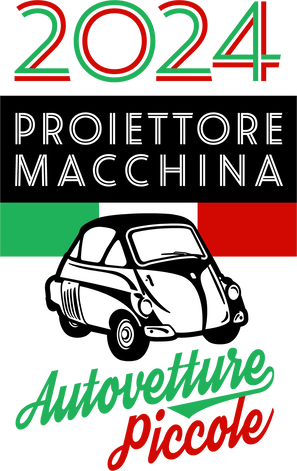
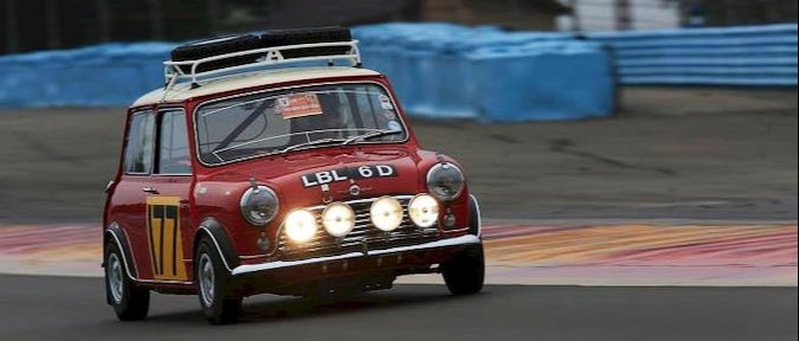
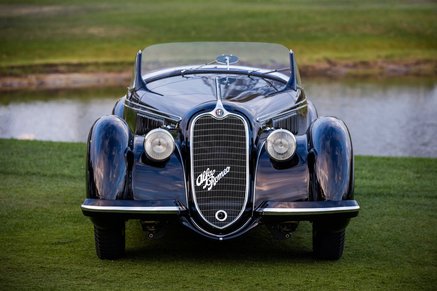
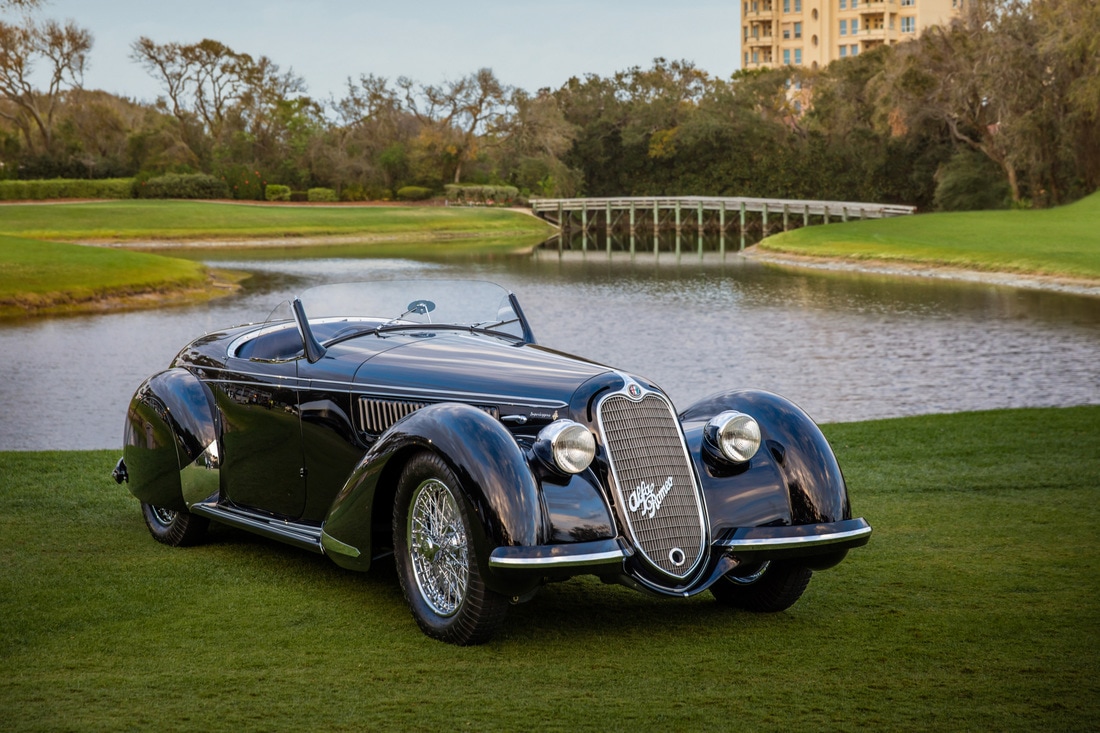
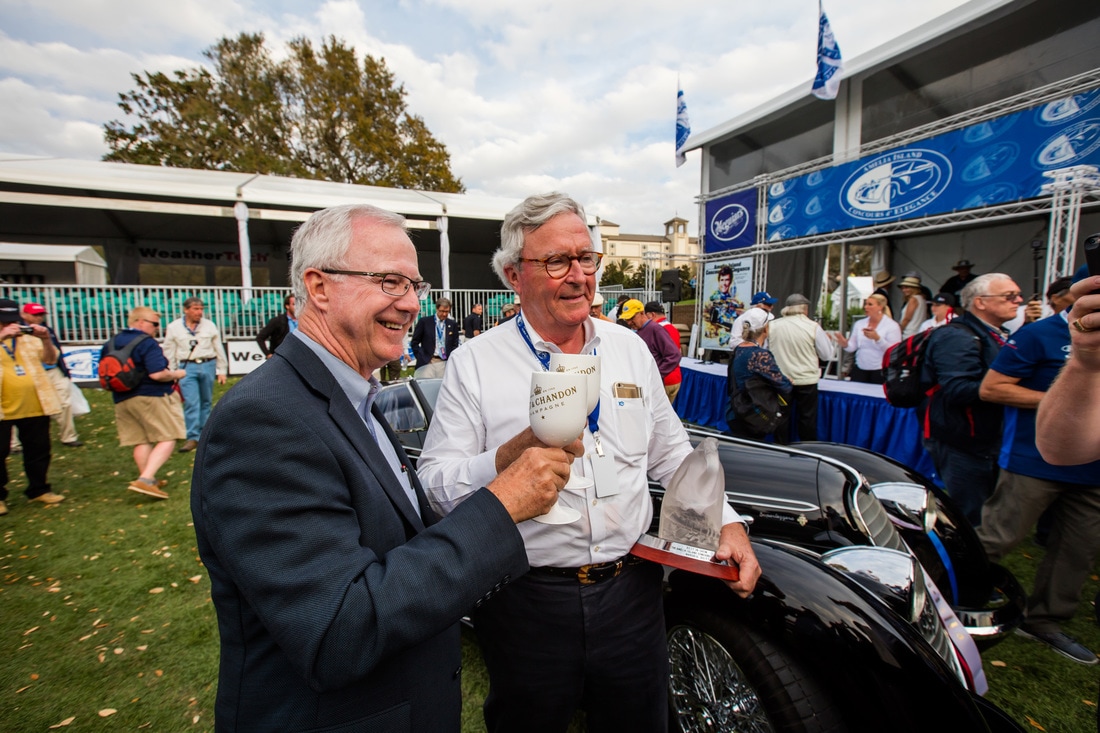
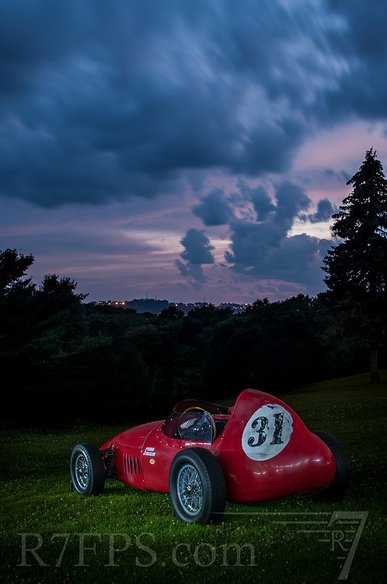
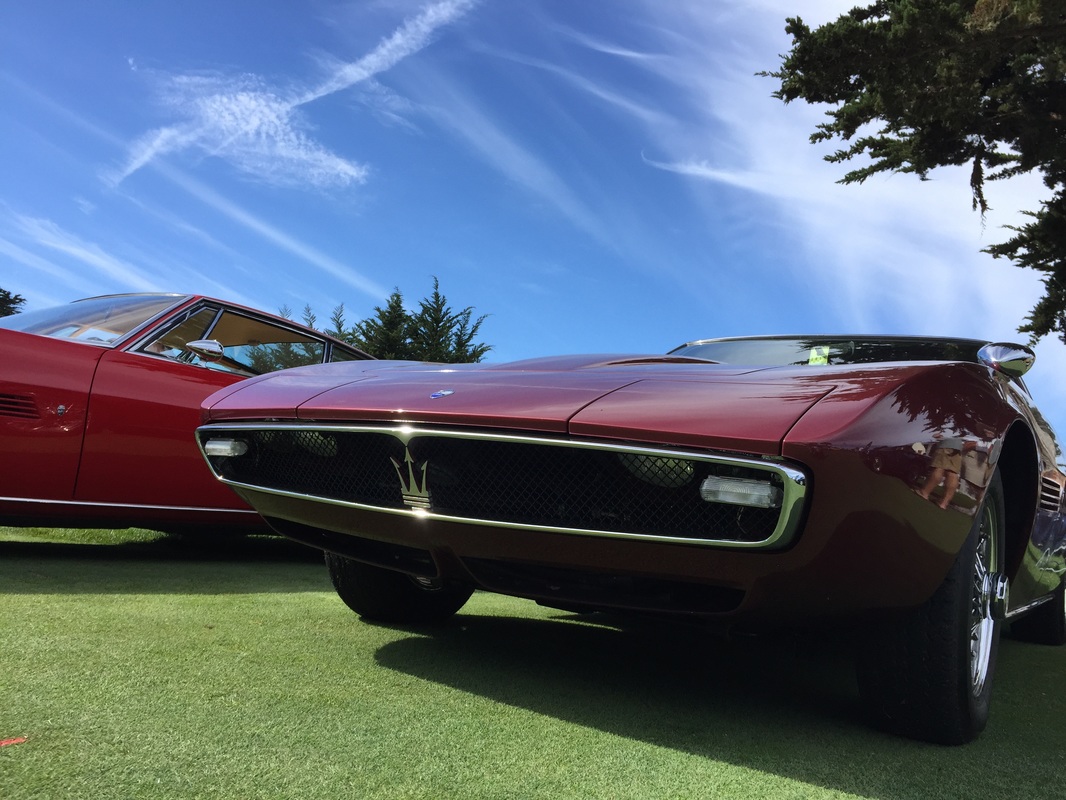
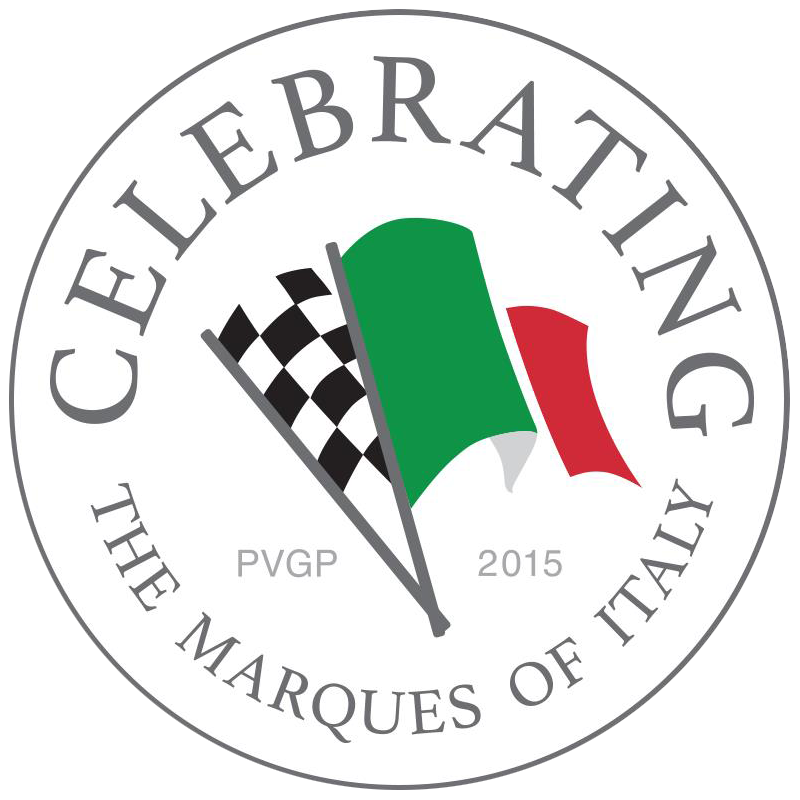
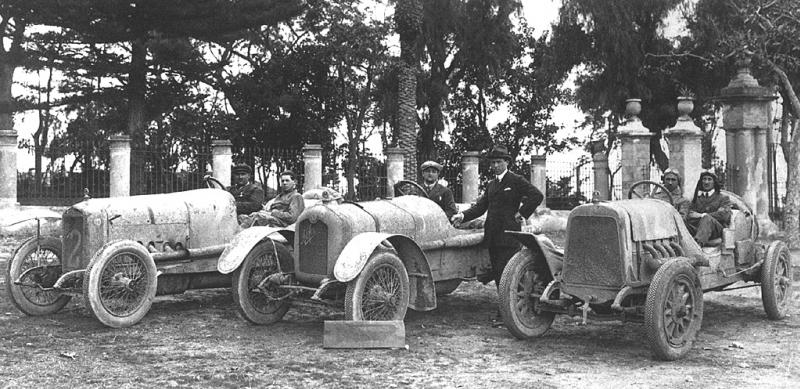
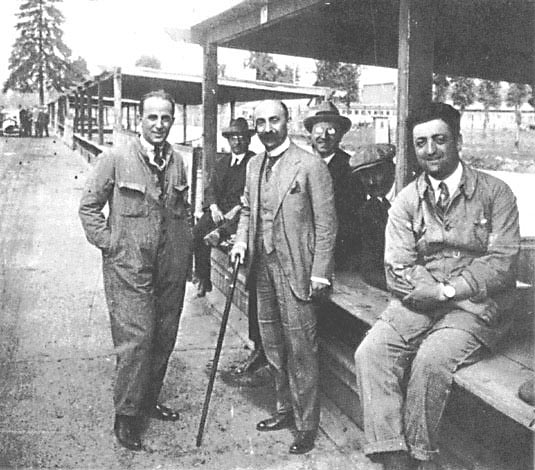
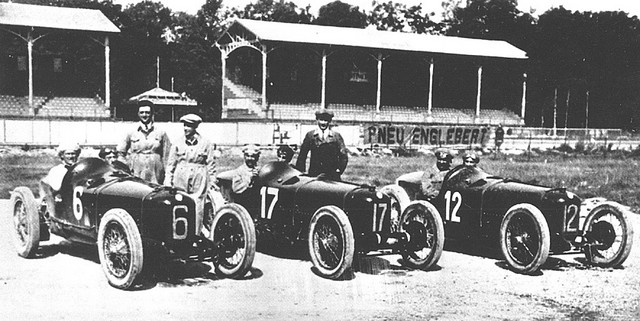

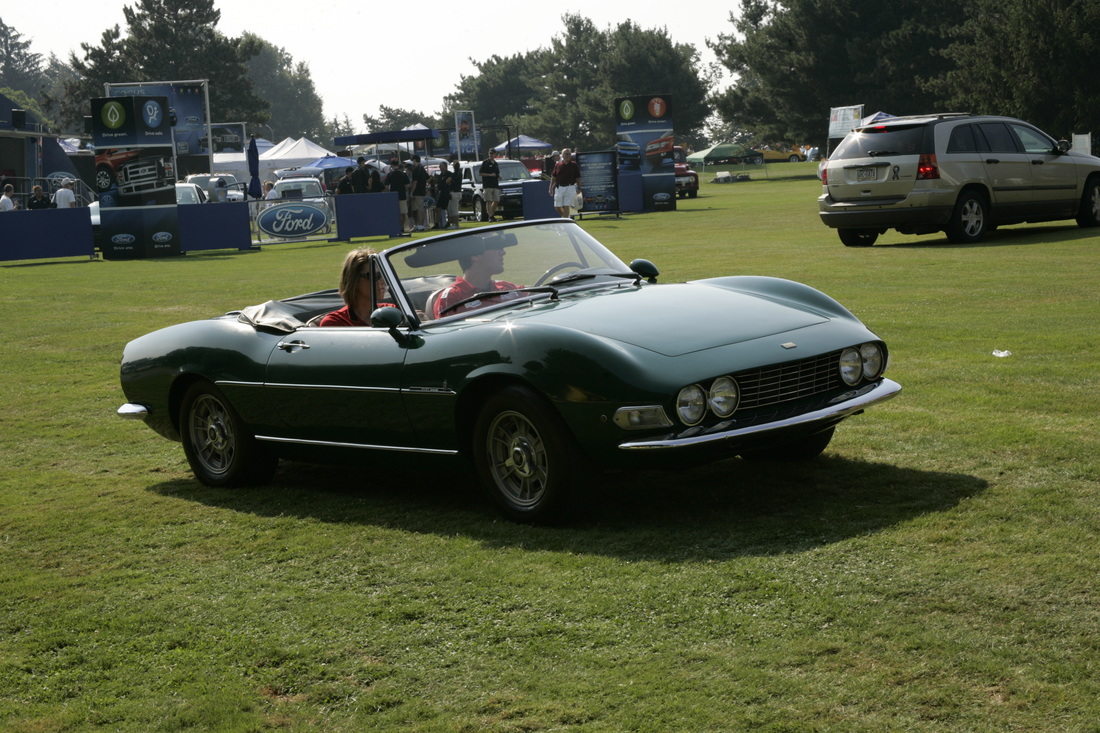
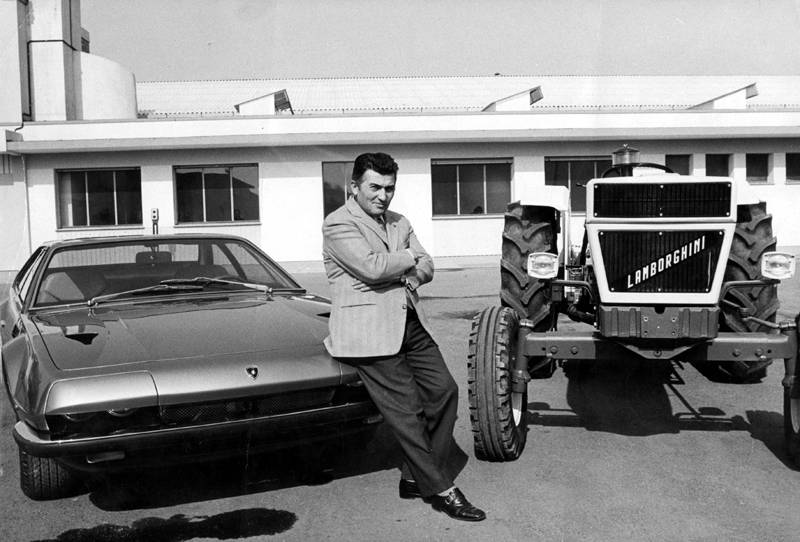
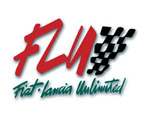
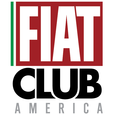

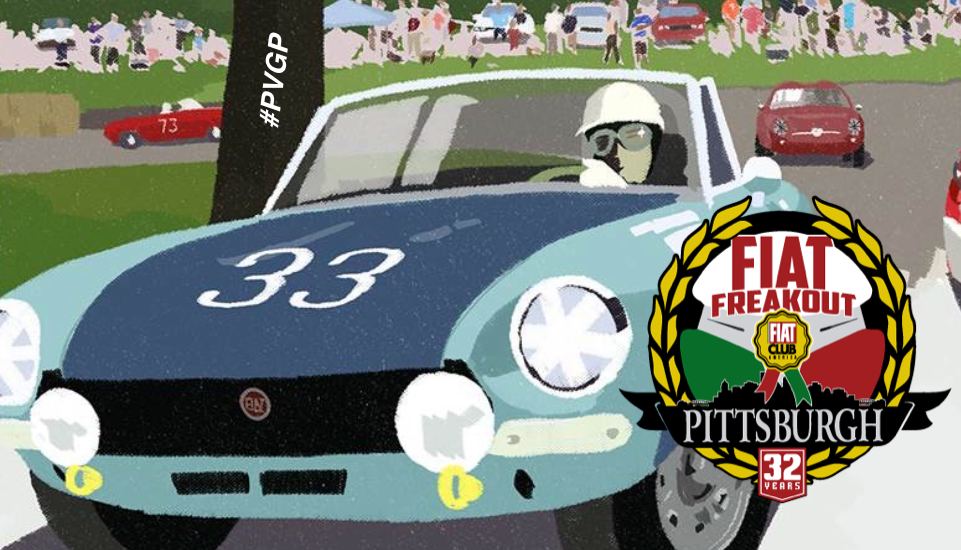
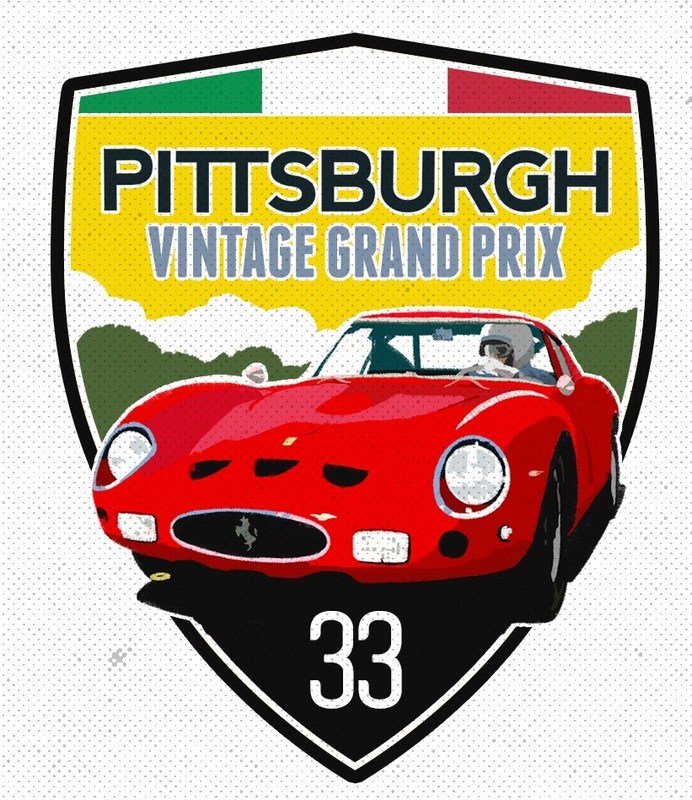
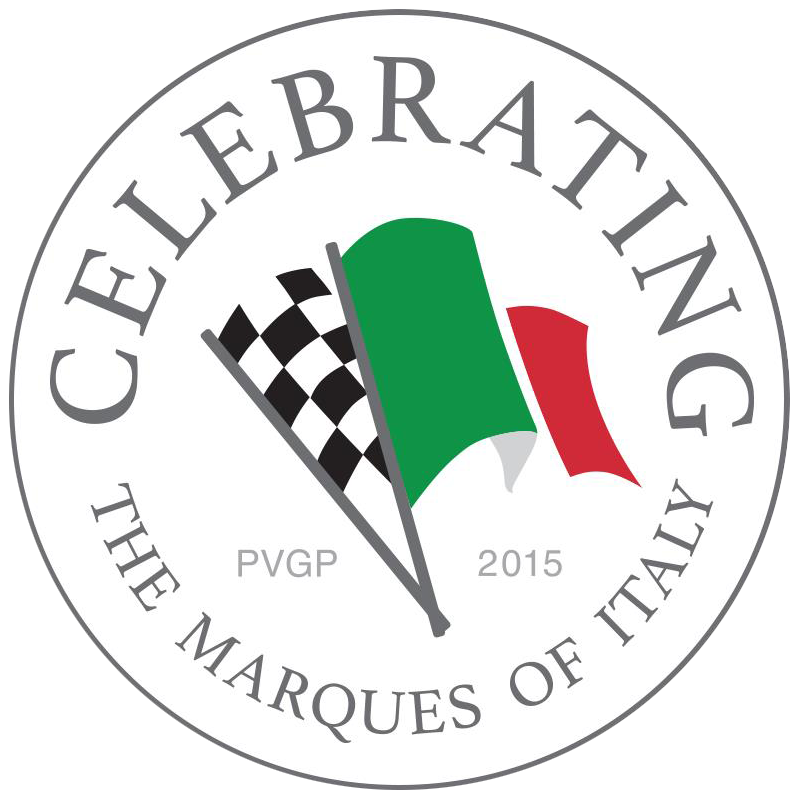

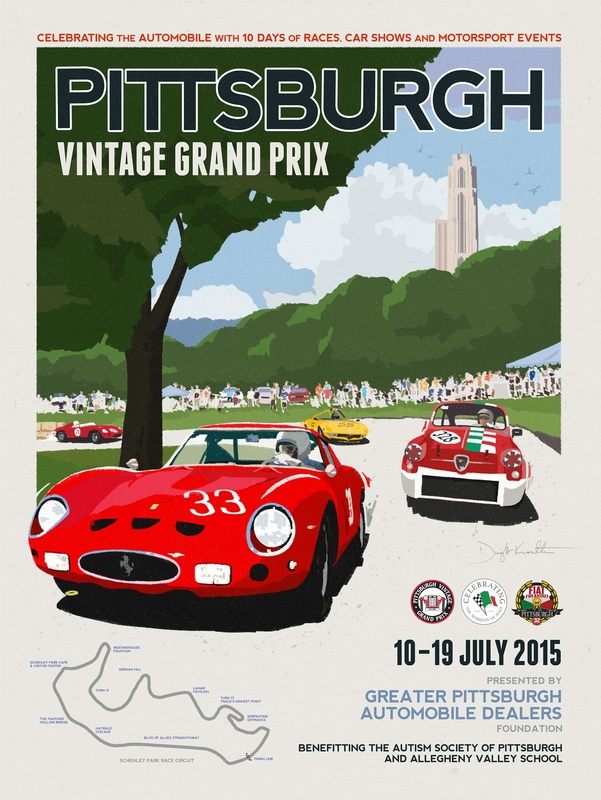
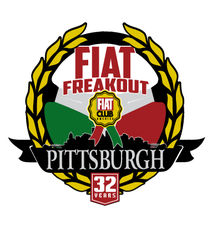
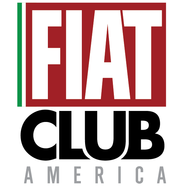
 RSS Feed
RSS Feed
